A muscle car is an American-made car designed for speed, usually with a lightweight body and a large, roaring engine.
These types of cars can be traced to the mid-50s. Through the mid-50s up until the late 70s, the goal of major car manufacturers was to see who could build the biggest engine with the most horsepower to function in a lightweight chassis. Ford, Chrysler, and General Motors were all in a frenzy to make the fastest, most appealing cars, and they did.
The success of these companies has today given birth to a cultural movement as car lovers and collectors all over the country still enjoy admiring the wonders on wheels produced during the most iconic era in car history, known today as the golden age of muscle cars.
If you are a car enthusiast, looking to get a clear insight into how muscle cars have evolved through time, this is the most reliable article on the subject that you will find on the internet today.
The First Muscle Car
The issue of the first muscle car has been subject to a lot of controversies, but many car lovers believe that the first muscle car was the 1949 Oldsmobile’s rocket 88.
Rocket 88 was a game-changer. The success of this car in the market rejuvenated the American automobile industry, with every major automobile company pushing to create its muscle car. Major weights like Ford, Chrysler, and General Motors began to bring their latest creations to the market.
The Evolution of Muscle Cars
As the demand for fast cars grew, car manufacturers began to work towards creating the fastest cars with the most horsepower, leading to immense competition for the market that saw the birth of the most ingenious creations in automobile history.
Muscle Cars of the 50s
In the 50s, muscle cars steadily grew into the trend of the decade and the years that followed afterward. Many young car owners wanted a high-performance car with a powerful engine, carburetors of two to six packs, a body that could compete with any other car on a racetrack, and an intimidating exhaust tone.
Three of the most prominent cars that came out of showrooms and graced the racetracks in this era were:
The 1949 Rocket 88
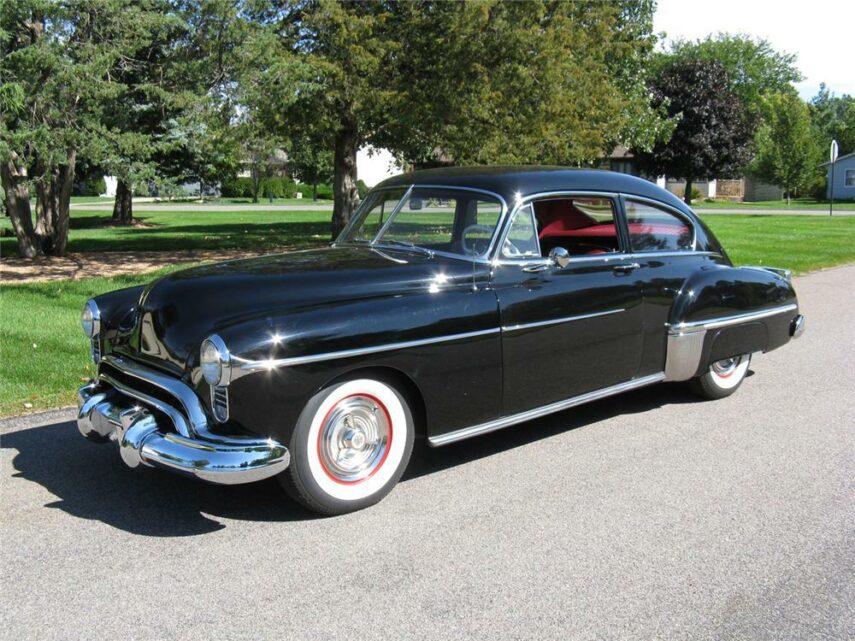
This car, unlike others in its time, was purposely designed for speed. It set the standard of what a V8 vehicle should be built like. Sporting a 135 horsepower and 303 cubic inches engine, the car was fast for its time and it had successful outings on the racetrack.
1955, Chrysler C-300
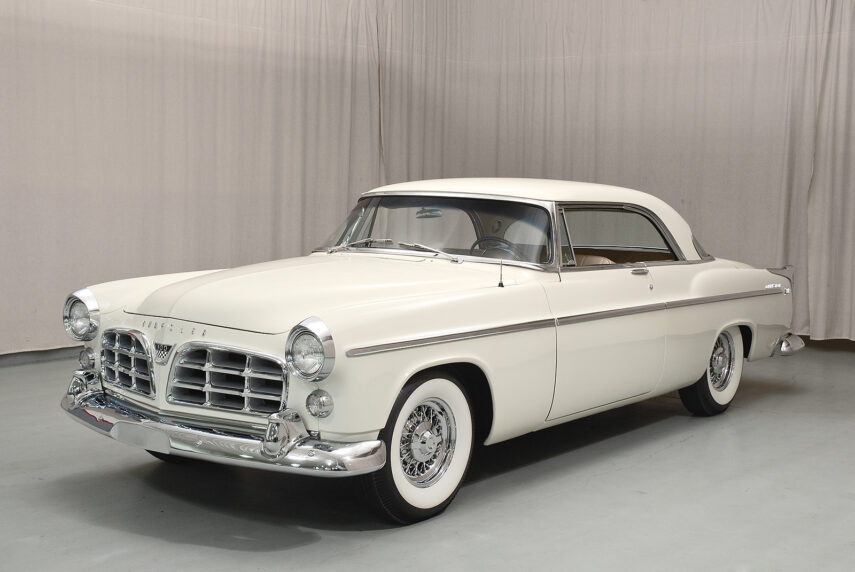
1955 Chrysler C-300 ran on the famed hemispherical head engine or the Chrysler Hemi engine for short. It had a 331 cubic inch engine that produced 300 horsepower. This car was truly heavy and fast.
The 1958 Chevy
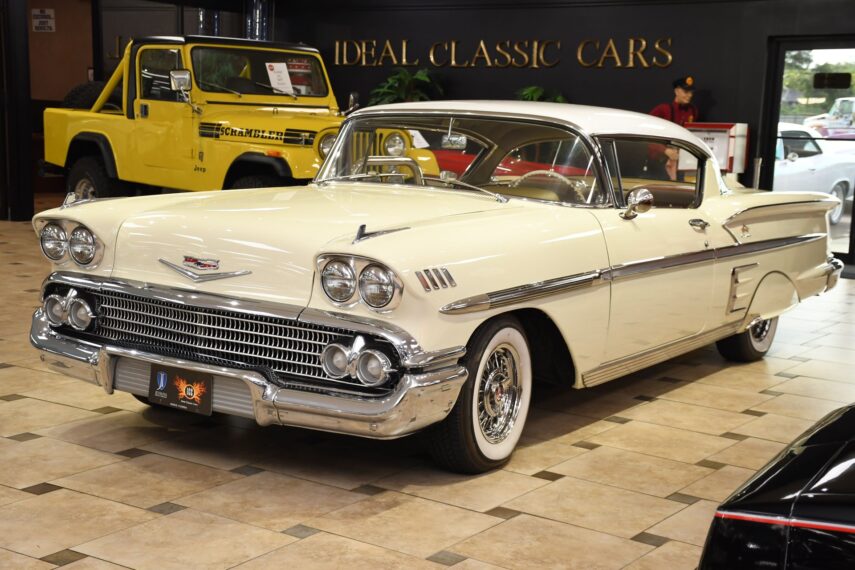
The 58 Chevys pushed the business of fast cars even further. The car was one of the earliest big block engines, assembled with a 348 cubic inch engine with 315 horsepower.
Muscle Cars of the 60s
In terms of speed and performance, this era churned out muscle cars with engine power unlike any before it. Car manufacturers became tangled up in their engine wars, and those who weren’t making fast cars weren’t selling out fast. Of all the fast cars that came out of this era, here are the fastest and most impressive eight muscle cars of the 60s.
The 1961 Thunderbird

This was the first year for the multiple carburetors on a Ford engine. The car ran a 375 horsepower with a 390 cubic inch V8 engine.
But for the big block engine and its capacity to hold up its own on a race track, the T-bird was originally designed to be a luxury car more than it was designed to be a race car.
The 1962 Pontiac Catalina Super Duty 421
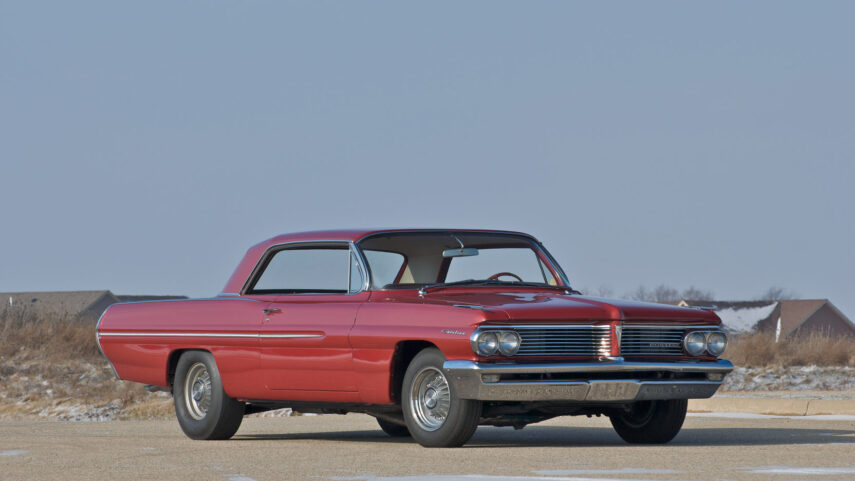
Pontiac decided to design an improved version of their Super Duties. The original 1961 super duty was upgraded to 421 cubic inch configurations in 1962 and renamed the Catalina. The output however remained at 405 horsepower.
These cars left a mark in the automobile industry until later in 1963 when General Motors John DeLorean designed the Pontiac GTO, a car that was later named the great one.
The 1964 Pontiac GTO
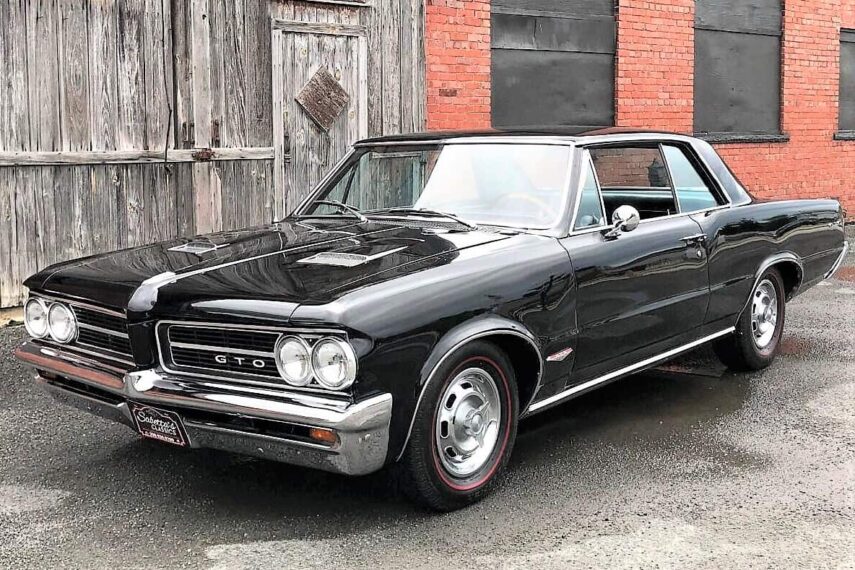
Putting their creative genius to work again, the Pontiac GTO was produced and advertised as a necessity for young people. Their cars were the first to be called muscle cars. With a 389 cubic inch V8 engine and 325/348 horsepower, this car effectively brought Pontiac to the forefront of the car game. It was fast, affordable, and built for the streets.
Today, many of the iconic Pontiac from this era can be found here.
Muscle cars of the 70s
This time signaled the beginning of the decline of the engine wars that had started in the 60s. More government regulations were starting to spring up and this was starting to pose a threat to all the initial liberties of automobile manufacturers and users. There are however some notable cars to come out of this era. Two of the most notable include—
1970 Chevrolet Chevelle SS 425
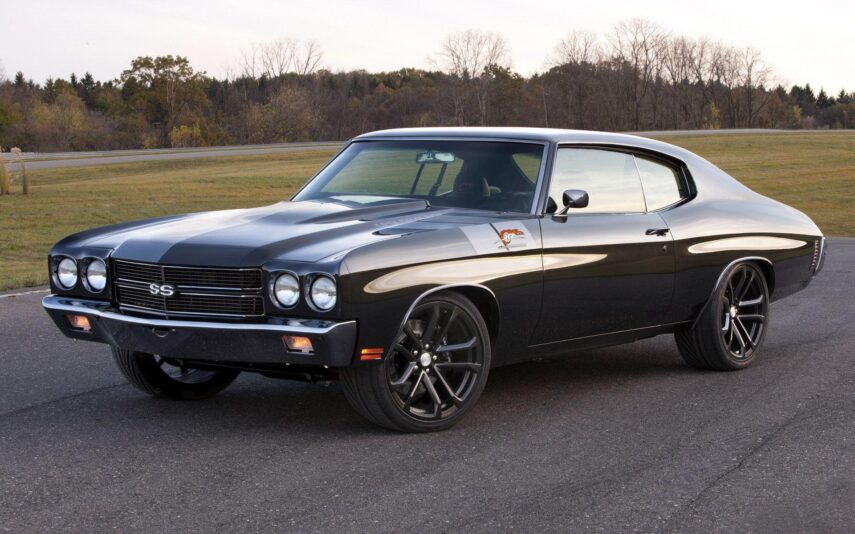
The 1970 Chevrolet Chevelle SS was designed as an upgrade to the 1967 Chevrolet Chevelle SS. With a 454 cubic inch big block V8 engine, it became one of the fastest cars of the 70s. It could go up to 0-60 mph in five seconds with an output of 450 horsepower.
1971 Plymouth Hemi ‘Cuda convertible
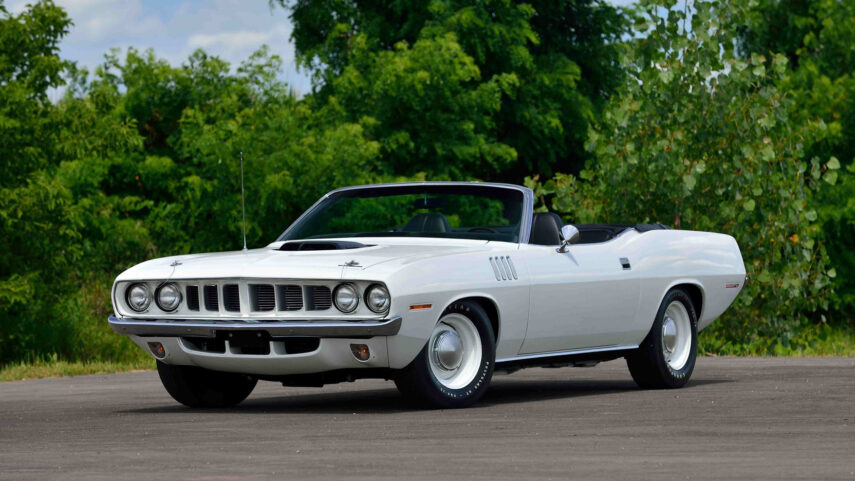
This car was one of the last true muscle cars to be built. Fitted with a 426 cubic inch V8 engine, and 425 horsepower, the car could spin and speed, but only a handful was built, thus making the car a rare performance car.
These and other types of muscle cars from this era can be found on Dyler.
Why high-Performance Cars Stopped Being Made
As a result of government regulations, insurance policies and the gas shortage in the 1970s, muscle cars became less appealing as these cars consumed more fuel and tended to get into accidents more.
The government also wanted to cut down on gas emissions and pollution, hence, these big-engine, gas-consuming, tire-burning muscle cars with high carbon emission potentials had to go.
Over time, most of these cars fell off and companies like Ford evolved by converting their muscle cars into luxury brands.
Post-Muscle Car Era
Muscle cars have remained a major part of the American automobile culture. Thousands of car lovers who have cars from the muscle car glory days still gather to race and enjoy the beautiful sounds of these powerful engines.
Car manufacturers like Ford and Chevrolet have also maintained the looks of these cars, although, unfortunately, they have had to tone down the performance, these designs will forever serve as a constant reminder that muscle cars still reign.
Related Posts:
- How to Relieve Muscle Soreness After a Workout
- 11 Cars Americans Can Only Drive In Mexico - 2024 Guide
- Complete Guide to Undersealing Cars, Vans, and Motorhomes
- Tesla's Approach to Self-Driving Cars Could Cause…
- Futuristic Electric Cars: 5 Most Captivating Car Models
- Essential Maintenance Habits That Keep Older Cars…







